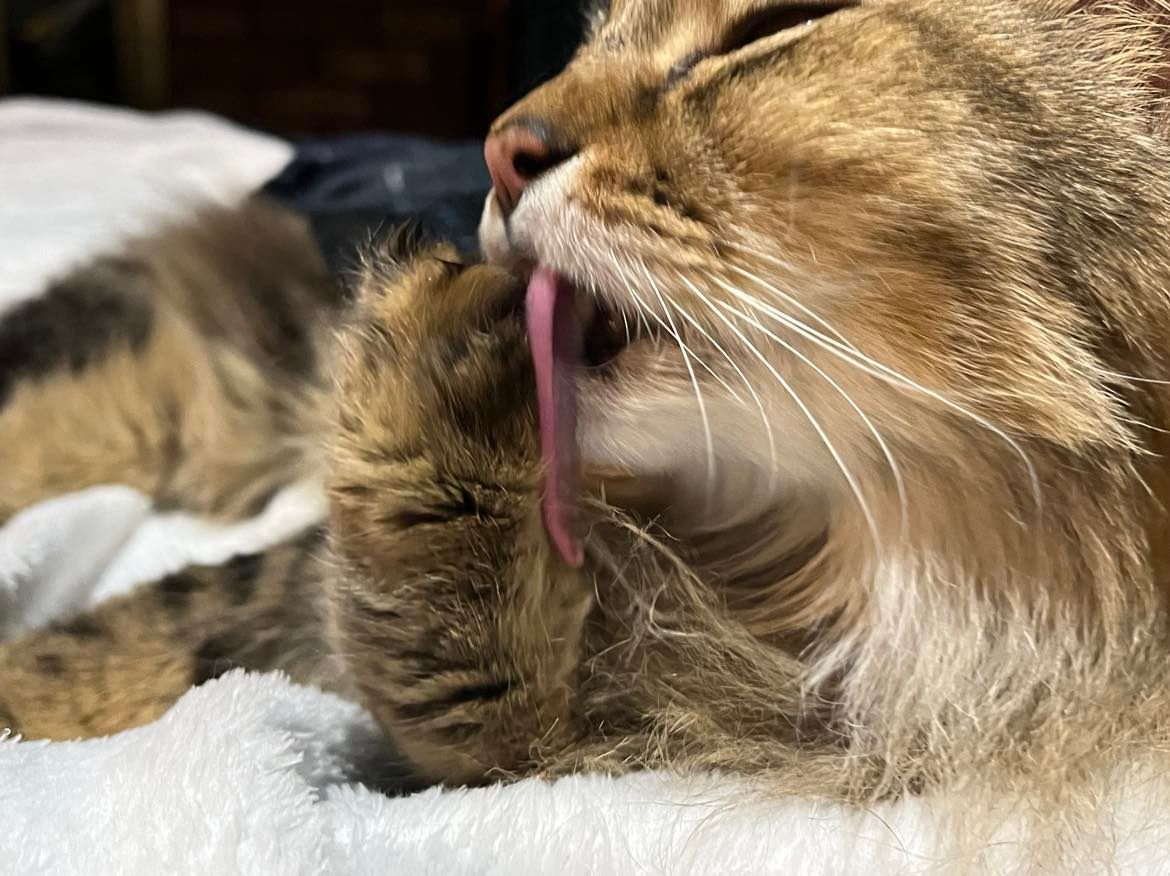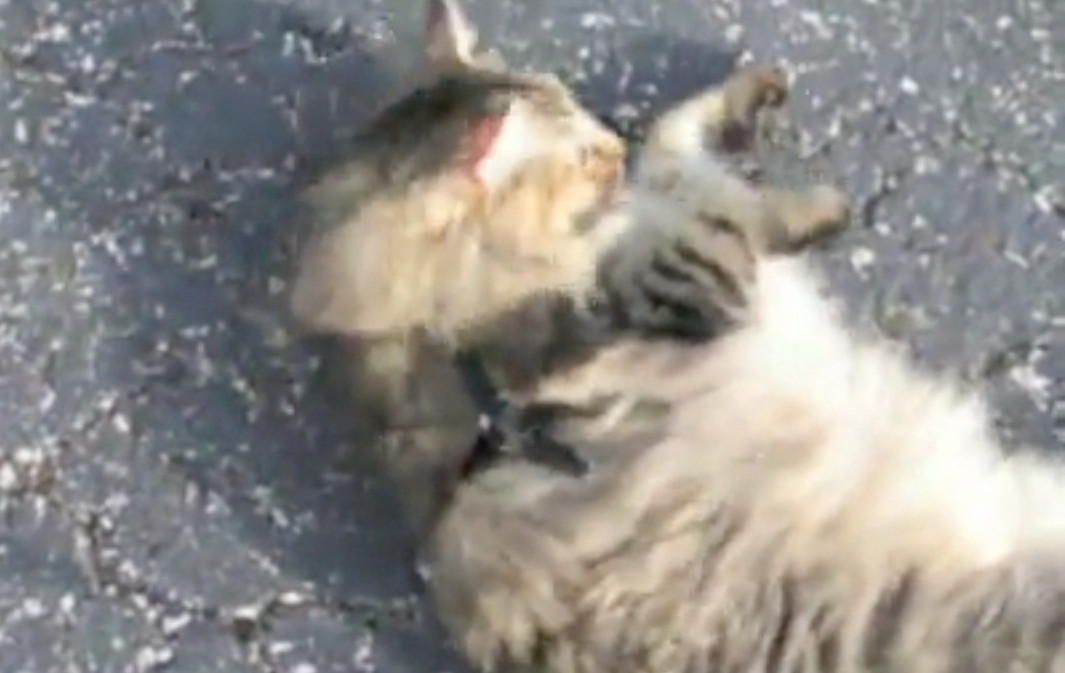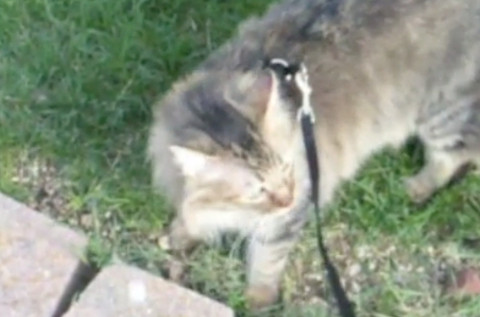Everybody walks their dogs on leashes, but not many people think about leash training their cat. Lots of cats actually enjoy going outside, and if you have an indoor-only cat that stares longingly out the window, there’s no reason not to take her outside as long as she remains under your control. Here’s why you should consider leash training your cat, and how to do it.
Why leash training your cat is a good idea
Besides letting your cat enjoy the outdoors safely, leash training your cat can help to strengthen the bond between you, according to The Huffington Post, because it gives you a new experience together. It can also be part of your cat’s enrichment, particularly if she’s indoor-only. You can only give her so many new experiences inside, but outside is always new. There are different smells and sounds at different times of year, and different animals and bugs, too.
There are even differences between morning, afternoon and night. You can take her for walks at different times of day, and let her experience everything. Leash training your cat so you can take her outside can help alleviate indoor boredom, and the stress that comes with that boredom.
Steps for leash training your cat
It’s important to remember that not all cats will take to a leash with a harness. If your cat just can’t handle it, don’t push her. You don’t want to upset her. But how do you know if your cat will like a leash and harness? Step one is to buy a harness; don’t attach the leash to her collar. A harness pulls on her chest, not her throat, so there’s a lot less risk of injury to your cat if she tries to run off.
1. Start with the harness
Start leash training your cat by having treats nearby, and try to put the harness on her. Give her a treat, and just rest the harness on her neck. Get her used to you “fidgeting” around her neck and throat. The treats will help keep her calm, and associate something positive with the experience. Go slowly, and work with her until she lets you snap it around her neck.
Once she accepts this, then you can work with her on wearing the harness for a few minutes at a time. Always work in steps, and always have treats nearby. The more she loves the treat, the more positive the experience will be for her, so don’t use the same treats every time. Use cat treats, cold cuts, tuna; mix it up. It’ll be more effective. Do this until she’s comfortable with the harness.
2. Attach the leash
The next step with leash training your cat is to attach the leash to the harness. When you do this the first time, let her drag it around, but remain near her in case the leash gets caught on something. Do not leave her alone while she’s got the leash attached to the harness. Here, too, is a good time to use treats, because she might find the leash awkward and strange.
3. Teach her to respond to your subtle direction
When she seems accustomed to having the leash, you can start training her to walk on it. Keep your voice low and gentle; cats don’t respond to commands the way dogs do. Encourage her, and try to avoid showing frustration. This, too, is a good time to give her some treats, especially when she does what you want her to, like come to you when you tug. Remember, though, to tug very gently. You don’t want to hurt her or scare her.
4. Take her outside
Once your confident that she’ll respond to your direction, you can start taking her outside. The final step to leash training your cat, however, is actually to put her leash and harness on inside, and then carry her outside and set her down. This will help teach her that she’s only allowed outside when you carry her; she can’t go out on her own.
You may have to be more careful going in and out of your house without her, because if she really enjoys the outdoors, she might start trying to sneak out, even if you try to teach her that she can’t go out unless you’re carrying her.
It’s very important to remember that not all cats take to a leash and harness, and if this is the case with your cat, it’s okay. She might just really like looking out the window, and that’s fine. Don’t force her; you might damage the bond you have with her. Leash training your cat should be an enjoyable, bond-strengthening experience for the both of you. Enjoy, and good luck!





